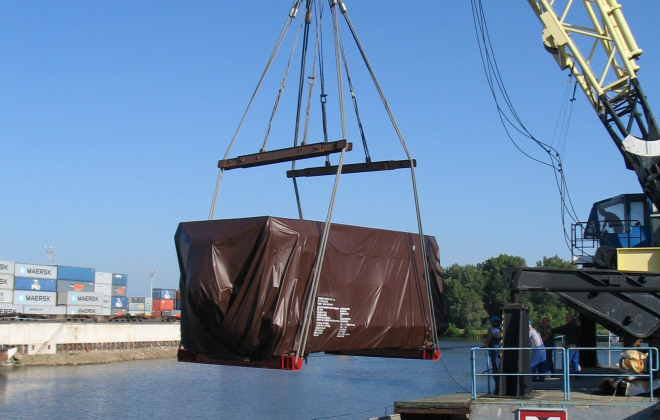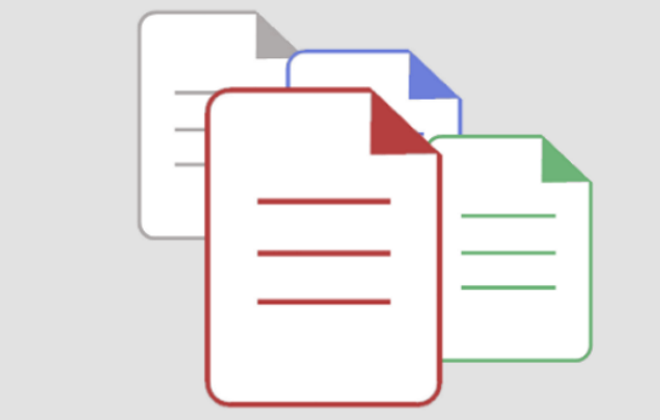Course Category: Transport essentials
Various eLearning and training items covering the most common transportation modes.
Introduction to warehousing
In this introductory module, we will look at Warehouses, their critical role in most supply chains, and some of their related activities such as Reception, Storage, Pick & Pack and Dispatching.
We will also speak about the main warehouse management functions, such as space and flow organization, equipment management, processes, inventory control, warehouse technology and workforce management. We will also present some of the main types of warehouses, such as factory attached warehouses and distribution or fulfilment centers.
The expected seat time is around 105 minutes.
Following this course, the student should:
- have a general knowledge about existing warehouse types
- be aware about key warehousing functions and understand their importance
- be able to recognize some of the existing warehouse equipment
- understand key material flows and the importance of inventory control
- be able to exchange in a credible manner with customers, freight forwarders, warehouse staff and other parties when discussing warehousing
All courses – completion certificate
This course will display the certificate of completion for our “All courses” package.
The certificate will unlock once all required courses have been completed.
A container’s voyage
In this e-Learning module, we look at standard
shipping containers and their transport. Using a fictive but realistic voyage
of a container, we will present information related to containers and look in
quite some details at each step of its overseas transport.
The total run time is cca. 45 min and is split
into two presentation parts, followed by an interactive part with some
questions.
The expected total seat time should be approximatively 70 min.
Following this course, the student should:
- understand what standard shipping containers are,
- know the differences between the main types of containers
and how to identify them using ISO codes, - be aware of key points related to containers and their
transport, - be comfortable when exchanging with shippers, shipping lines, forwarders and other parties when working with shipping containers.
Introduction to logistics
In this e-Learning module, we introduce what logistics is and present some of its main functions. We explain how logistics activities differ from those of transportation and supply chain. We will also go over some of the logistics tasks of the various departments involved in a supply chain.
Total run time approx. is 40 min and is split into two presentation parts, followed by an interactive part with some questions.
The expected total seat time should be approximatively 60 min.
Following this course, the student should:
- understand what logistics is about and what are its general goals and keystones,
- know what the differences between transportation, logistics, and supply chain are,
- have a first idea about logistics processes and their relation to other supply chain functions,
- be aware of some main logistics flows.
Project cargo logistics

This e-Learning module introduces what project cargo is about and how its logistics can be handled. Using an example, we present different aspects of this logistics project management and show how they can be approached.
Total run time approx. 45 min.
Following this course, the student should:
- be familiar with the term project cargo / project cargo logistics,
- learn about project cargo types,
- understand different phases of a project,
- have an idea about how a shipping strategy and planning are prepared,
- learn about particularities to be potentially taken into consideration when handling oversized cargo and heavy pieces,
- understand the main critical to the quality items of a project’s successful delivery.
Transport documents
In this e-Learning module, we will look in detail at documents used in national and international transport, such as different types of Bills of Lading and Waybills. In other words, we will speak about the documents provided by Freight Forwarders and Carriers.
Total run time approx. 115 min.
Following this course, the student should:
- be familiar with the majority of existing transport documents used by various transport modes,
- be aware of the information these documents should contain,
- be able to verify the basic information they contain and understand it,
- understand the differences between a Bill of lading and a Waybill,
- be aware of basic types of Bill of Lading and situations when they may be used,
- able to exchange in a credible manner with customers, service providers, and others when talking about transport documentation.
If you are not familiar with transport documents, we would recommend to first view and complete the Introduction to transport documents course.
How ports work
In this module, we will look at some introductory level information related to How (cargo) ports work. We will look at ports in general before reviewing an example, looking at some used equipment, as well as at the most common cargo terminals.
This training includes videos and animations.
Total run time, approx. 35 min.
Following this course, the student should:
- be aware about the most common types of ports and terminals handling cargo,
- be familiar with the type of cargo being handled in ports,
- be able to recognize the most common port equipment and understand their usage,
- have a general idea about how ports work and how cargo is handled through them.
EMEA ground and inland essentials

In this eLearning, we will discuss Inland transport from a mainly European perspective.
We will notably look at some general information related to inland and ground transport and how to identify legal and oversize cargo and transports.
We will then review in quite some details Full TruckLoad mode, Less Than Truckload and Out Of Gauge ground transport, before looking at rail and barge. We will then review a few legal and documentary points before closing up the module.
Total run time, approx. 180 min.
Following this course, the student should be:
- familiar with the all most common inland transport modes.
- able to determine if a cargo or load is of legal size or is oversized.
- able to select the best inland transport mode.
- able to price, book, and coordinate an inland transport.
- able to exchange in a credible manner with customers, freight forwarders, and others in relation to inland transport.
- understand some of the main legal and documentary requirements.
Introduction to transport documents

An eLearning module in which we will review and discuss briefly the most common transport and transport related documents which you may encounter when working in transport and logistics.
The documents covered in this introductory level module include: Invoice, Packing List, Ocean, Road and Multimodal Bill of Ladings, Airwaybill, CMR, TIR, ATA carnet and Certificate of Origin.
Total run time, approx. 35 min.
Following this transport documents training, the student should be:
- aware of the most common transport documents and their typical content.
- able to exchange in a credible manner with customers, service providers, and others when talking about transport documentation.
- able to identify when certain documents are required and who is responsible for providing them.




